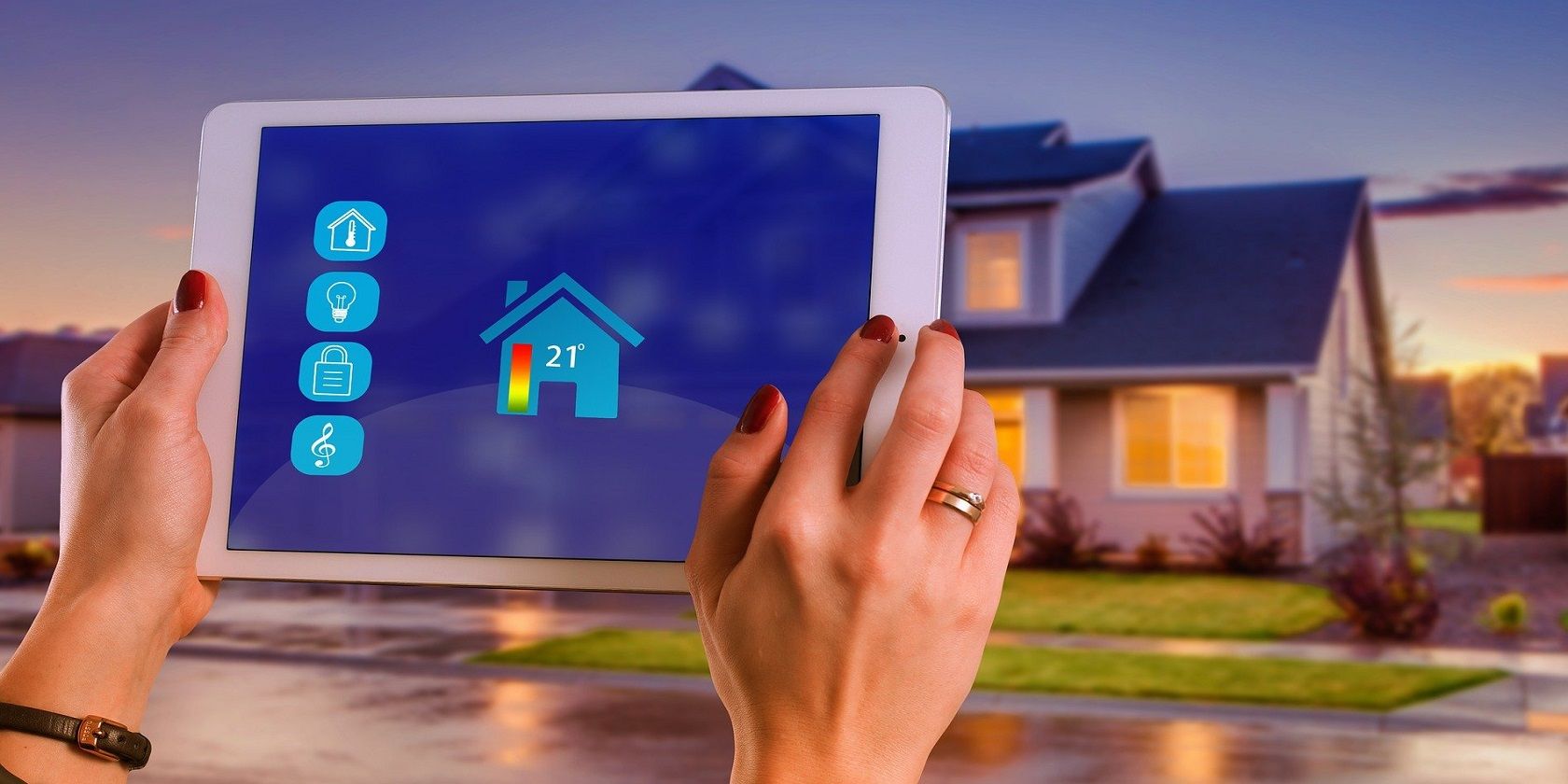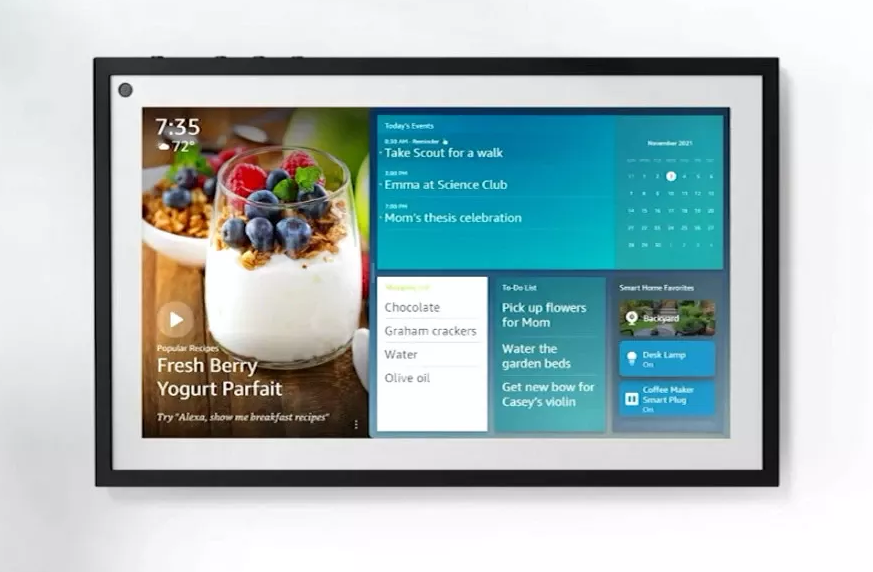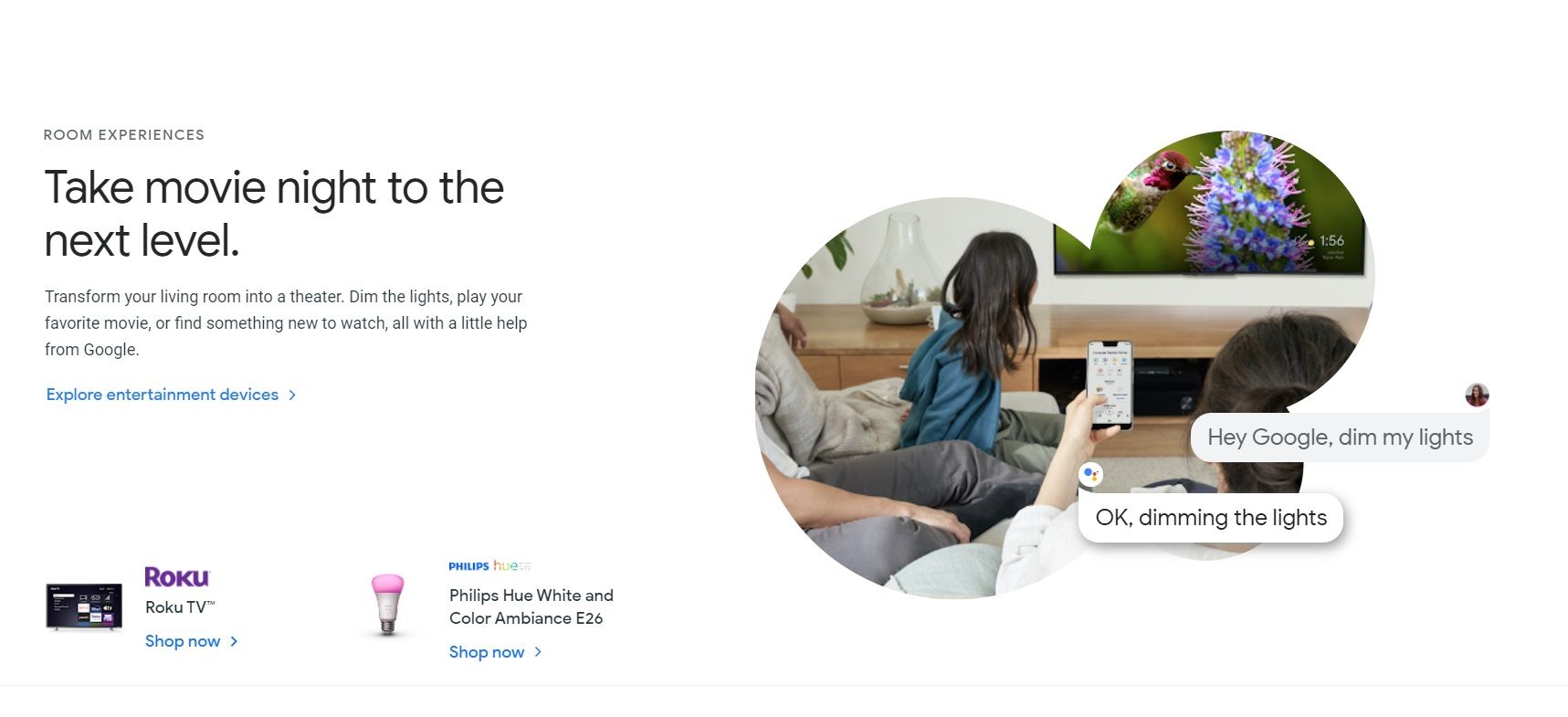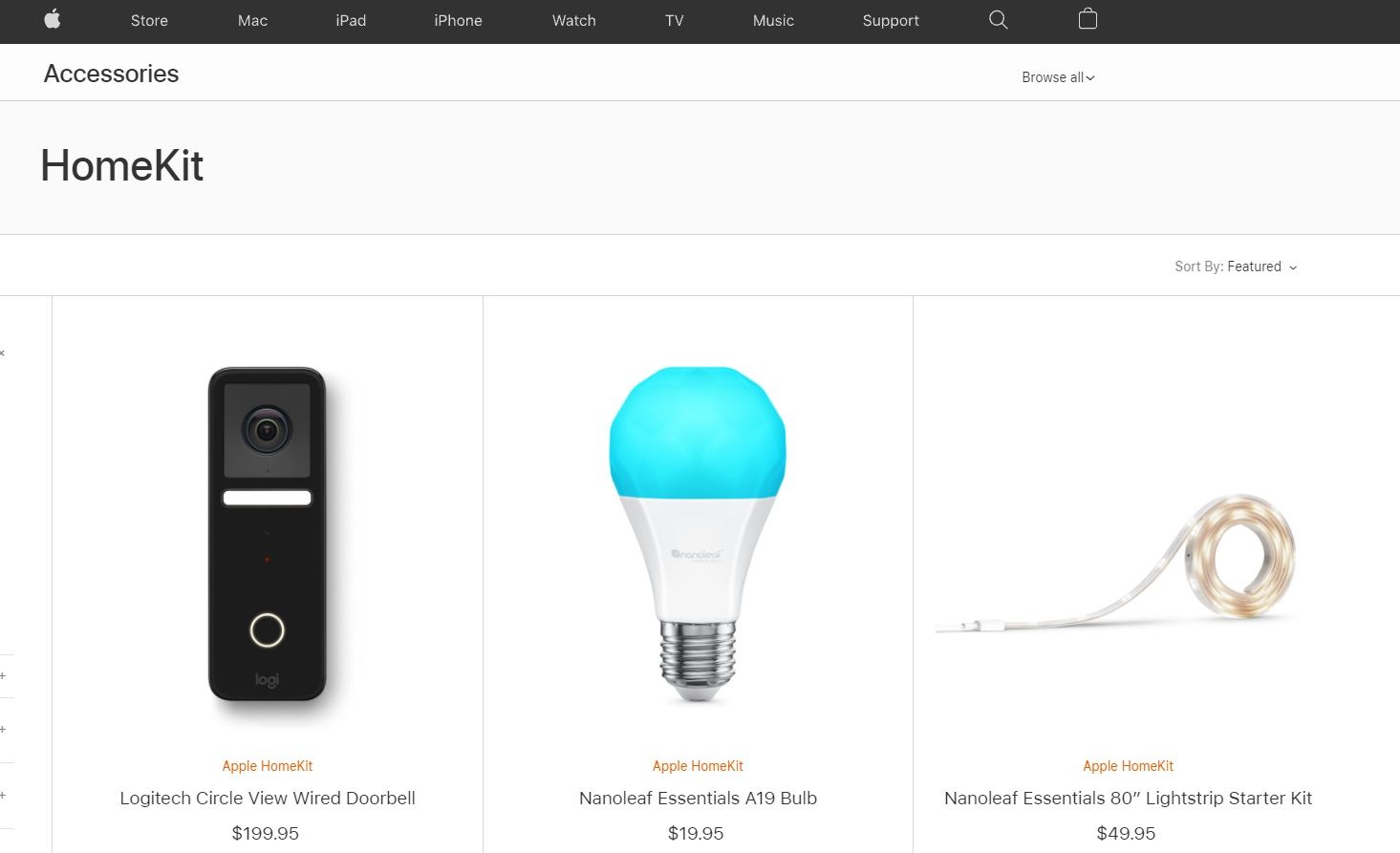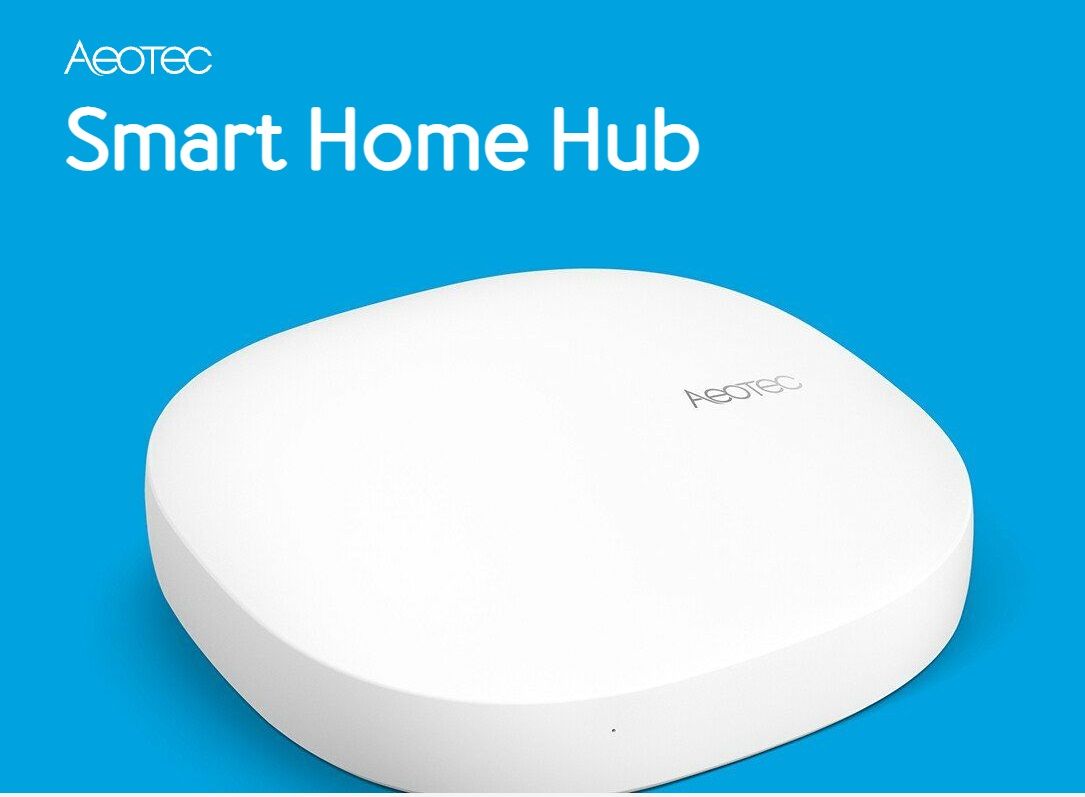If you are just starting your smart home journey, there is a question that you'll immediately need to answer before you go any further. Namely: which smart home system are you going to use?
The decision will have a big impact on your next steps. It will affect everything from the devices you buy to the apps you can use.
The big three smart home systems are Amazon Alexa, Google, and Apple HomeKit. We're going to look at the pros and cons of each of them, then introduce you to a couple of less well-known systems you could also consider.
1. Amazon Alexa
Amazon Alexa is one of the most widely supported smart home systems in the world. You can find it in dozens of Amazon products, as well as third-party smart lights, cameras, TVs, thermostats, phones, streaming boxes, and more.
It has a few key features that will help you to automate your life. Perhaps the most used are Alexa Routines. A routine can be created to allow several things to happen by using just a single request.
For example, you could create a routine for movie night that will automatically dim the lights, close the blinds, launch the Netflix app, and turn on your surround sound speakers. Similarly, a bedtime routine could set the coffee timer, arm your house alarm, and set your morning alarm.
Another cool feature is Hunches. Hunches allow Alexa to remind you about things you might have overlooked, then action them on your behalf. For instance, Alexa could automatically turn off any errant lights after everyone has gone to bed, or it could set the thermostat to make the house the perfect temperature for when you get home if you forgot to set it before you left.
Depending on which devices you buy, the Amazon Alexa system can also let you watch security cameras on your Echo Show device, stream music via smart speakers, or even detect alerts from your smoke alarm or glass sensors. If you're not sure about the difference between Alexa and Echo, read our article.
Alexa is free to use. The app is available on all major operating systems.
2. Google
Google's smart home system is multi-faceted. There is Google Assistant, the Google Nest (formerly Google Home) range of devices, and integrated Google support into dozens of third-party devices.
Let's begin by looking at Google Assistant. It works in much the same way as Amazon Alexa. You can use it to set up tasks and to-do lists, communicate with other people, grab local information, get quick answers to questions, play Nest games, and more.
It also works with many of the most popular apps on your phone to control them with your voice (including Spotify, Twitter, Discord, Walmart, and MyFitnessPal), and is integrated into Android smartphones, smartwatches, smart speakers, TVs, and even cars.
The Google Nest suite of products started life as Google Home speakers, but the range has now expanded considerably. It now includes a thermostat, indoor and outdoor cameras, a doorbell, a smart lock, and a mesh router system. Needless to say, Google Assistant is built into all the devices.
Finally, Google supports dozens of the best third-party smart home devices. They include the LIFX Color smart lights, D-LINK smart plugs, Honeywell thermostats, August smart locks, the Roku Streambar Pro, the Roomba s9, and even Maytag dishwashers and Samsung microwaves. All the devices can be controlled by Google Assistant and will integrate into the Google Nest ecosystem via the app.
3. Apple HomeKit
The final one of the "big three" smart home systems is Apple HomeKit. Perhaps surprisingly for an Apple system, it does a superb job of supporting third-party smart home devices. You are not limited to using Apple-branded gadgets.
HomeKit is actually the name for the software framework. The app that most users will be familiar with is Apple Home. By using Apple Home, you can find smart devices on your network, integrate them into your Apple HomeKit setup, then control them using Siri (or other apps on your iPhone/iPad).
In addition to the Home app, you can also create Home Hubs. Those allow you to control your HomeKit devices remotely but also grant access requests and create other automations. iPads, HomePods, and modern Apple TVs can all act as Home Hubs. For those who don't know, the HomePod is a smart speaker that is Apple's answer to devices like Sonos and Amazon Echo. Siri is built into the device.
There is a long list of third-party devices that play nicely with HomeKit across categories as diverse as doorbells, smoke alarms, and ceiling fans. Some well-known devices with support include the Logitech Circle View doorbell, Nanoleaf lights, WeMo Mini smart plug, August smart lock, ecobee smart thermostats, and a FIBARO flood sensor.
4. Hubitat Elevation
Let's end with a couple of less popular alternatives.
In order to be successful, all smart home systems need to revolve around a hub. If you choose the right hub, everything else will fall into place seamlessly.
One hub worth checking out is the Hubitat Elevation. Sure, it doesn't have a speaker or a build-in display, but it works with just about any other display or speaker you can find. That's because the hub has Bluetooth, Zigbee, and Z-wave compatibility, as well as regular internet connectivity.
It even has its own app that supports rules and automation routines, meaning it can rival most of the features of its more illustrious competitors.
5. Aeotec Smart Hub
The withdrawal of Samsung from the smart home marketplace left a void, and it seems Aeotec has filled it with the Aeotec Smart Hub.
From a compatibility standpoint, the hub is hard to beat. It works with more than 5,000 third-party devices: that's an awful lot more than Google, Amazon, or Apple. You also get a voice assistant (though it is not as fine-tuned as the well-known names in the sector), and will let you control your smart home even when you are away from home.
Which Smart Home System Should You Use?
If you are new to the world of smart homes or are not very tech-savvy, we'd recommend sticking with one of the big three. You are on solid ground and can be sure of a straightforward user experience.
If, however, you are looking to expand beyond the devices supported by Apple, Google, and Amazon, we'd definitely suggest taking a look at some of the best alternative smart home hubs.

